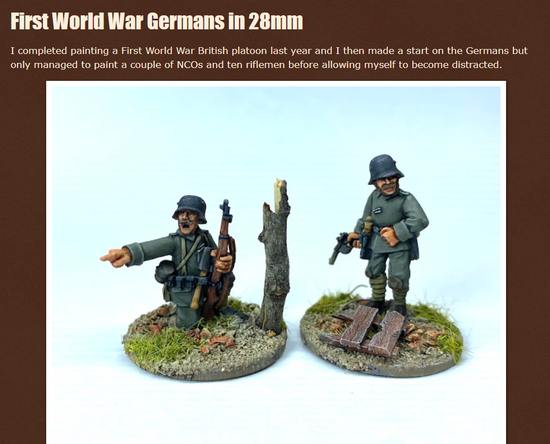I remember the day I first fell in love with Panzerschiffe naval models.
My residence at the time was Austin, Texas, where I worked a lot of long hours in the computer game business. I knew there was a very active gaming club at the University of Texas at Austin, and one Saturday I finally arranged to be there!
It was the day they were playing some 'old school' WWII naval wargaming – that is, on our hands and knees in a large hall. The models were samples provided to the club by a company called Panzerschiffe. Unlike other naval models I had seen, these were not ultra-detailed and did not require assembly… these were simple resin models, already pre-colored and in some cases touched up with a secondary color here and there. An easy way to get started with naval wargaming!
Well, that was probably in the early '90s, and I've since acquired a small collection of Panzerschiffe models.
The Russo-Japanese War
I've been fascinated by the Russo-Japanese War for as long as I can remember, yet I know virtually nothing about it! Unlike my other historical interests, I haven't read much about it except for The Fleet That Had to Die – which is depressing enough to put one off wargaming it!
So I know about the great Battle of Tsushima, and a place called Port Arthur, and that's about it. I need to read some more…
So, to get my wargaming juices flowing, I decided to at least paint up some sample Panzerschiffe models and learn a bit about color schemes.
Note that painting Panzerschiffe models is entirely optional. All of these models are molded in grey resin, with a few details marked with black.
As you can see, the ships I decided to start with were Varyag, Pobeda, Peresvet and Oslyabya.
The Peresvet-Class Battleships
The three ships of the Peresvet class – the Peresvet, Pobeda and Oslyabya – were my choice to start with, as each ship could be painted in each of the three Imperial Russian paint schemes:
- The Oslyabya was with the Baltic Fleet, and had what you might consider to be the 'right' fleet colors: the black hull, and yellow funnels with black caps.
- the Pobeda was with the Pacific Squadron, where inferior materials available at the start of the war turned the 'black' paint into what contemporaries called 'cinnamon'.
- the Peresvet was also with the Pacific Squadron, but was active long enough in the war to benefit from improvements to the paints. She is said to have had an olive drab hull, with brown upper works.
(The best source for painting information came from The War Times Journal website, although I can no longer find the article I read there.)
So that's how I painted them: Howard Hues Olive Drab, Americana Light Cinnamon, Coat d'Arms White, Delta Ceramcoat Charcoal, Aleene's Yellow Ochre, and a variety of browns. No highlights, no shading, just basic colors.
From what I understand, these three painting schemes cover almost any Imperial Russian ship I will ever need to paint.
Keeping with the 'less is more' philosophy, I chose to base the ships on Litko 3mm wooden bases painted dark blue with a white wake. Plain colors, nothing fancy, no waves. The base sides were painted white, representing Imperial Russia. I labeled the bases, then sprayed a glosscost (which made some of the labels run… I'll probably replace with some printed labels eventually).
The Varyag
It was my intention to just paint the three sample ships for now, but I couldn't resist painting up the famous Varyag!
The Varyag was a protected cruiser caught in harbor at the start of the war, and challenged to battle by a Japanese naval force. Captain Rudnev of the Varyag chose to make a token sortie against the Japanese, even though their guns outranged his, and returned to harbor only after his ship was wrecked.
(A noble ship, but I'm not sure that would make a very satisfying wargame scenario…)
After staring at some black-and-white photos, I chose to paint the Varyag in the 'early war' cinnamon paint scheme.
Comments on the Models
As I've mentioned before, Panzerschiffe models are intended to resemble the historical ships, but without a lot of extra detail. So you might be wondering...
- Where are the masts?
- All of these ships would have had masts, in some cases with quite large platforms in them. Such masts would not be possible in resin, though I suppose if you wanted to scratchbuild some masts, you certainly could. The mast locations are indicated by small stubs on the deck.
- What are those holes in the sides of the battleships?
- These battleships had a lot of smaller guns in their secondary armament, including guns in casemates on the sides of the ships. These are represented on the models by indentations where those guns would be; you could drill out the holes and insert wires, if you wanted to add more detail.
On a Final Note…
Curiously, several of these ships were later captured or salvaged, and placed into Japanese service – so that's another potential paint scheme! And then came WWI, and Japan sold some ships back to Russia – so that's another paint scheme for another war!
Meanwhile, I'll come back to the Russo-Japanese War in the future, when I've put plans together for a small naval battle.







